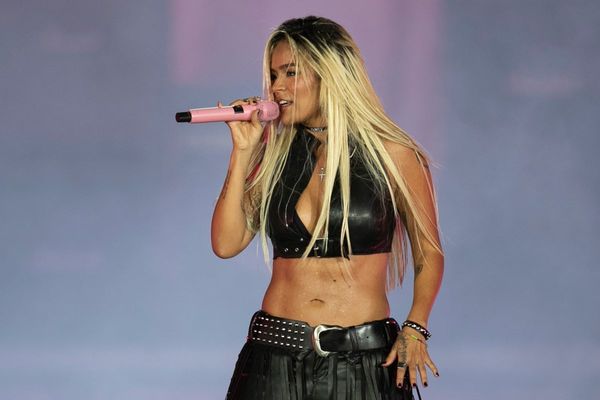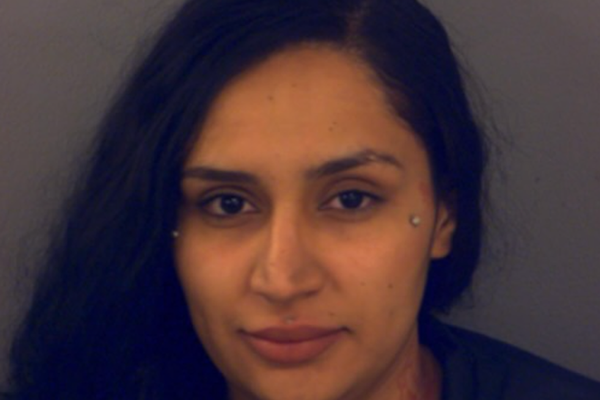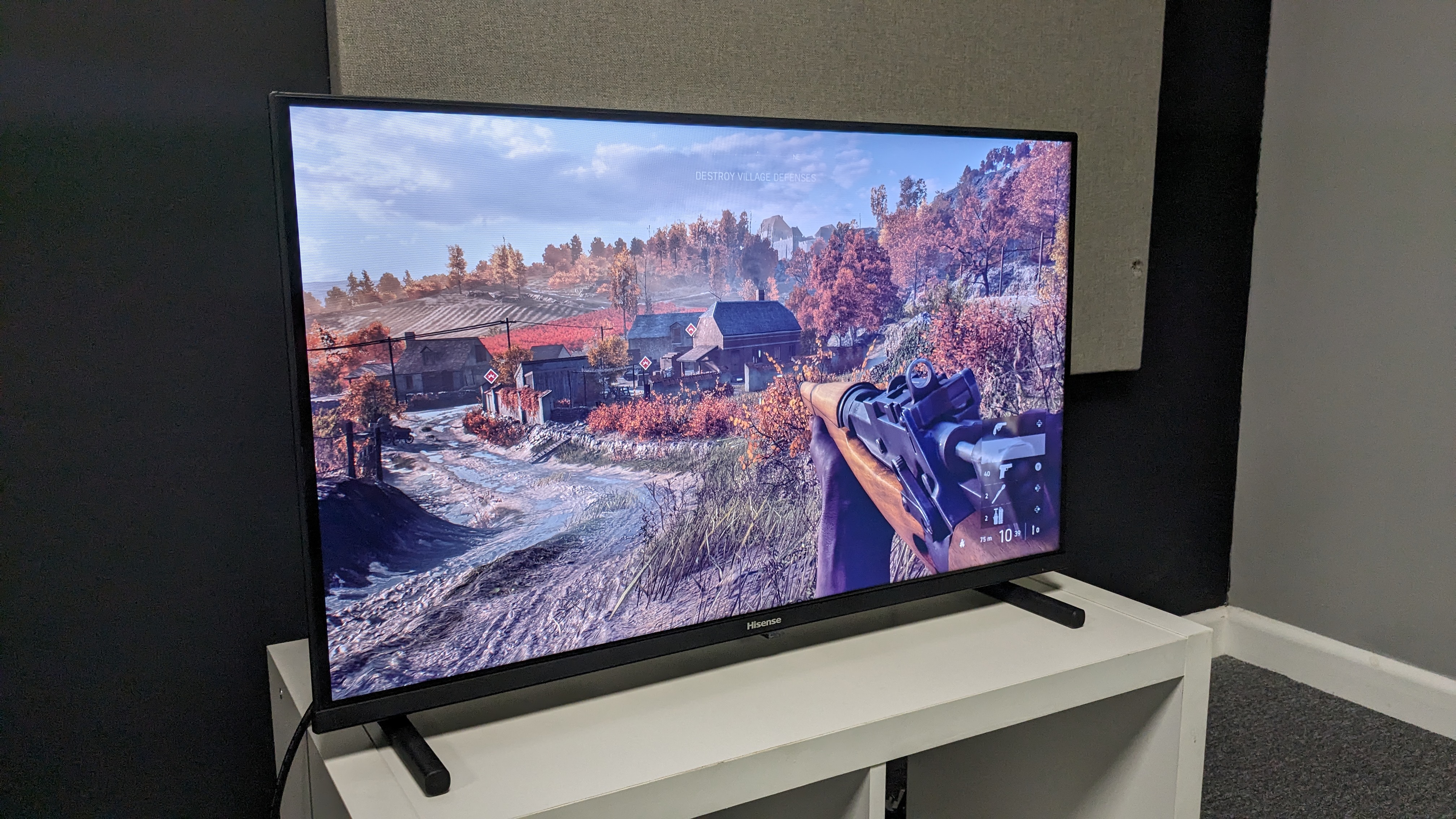
The Hisense A5K is a 32-inch TV released in 2023. It uses a Full HD (1080p) QLED panel and has Hisense’s own VIDAA smart TV platform built-in. Pricing for the Hisense 32A5K is around £199.
Hisense makes some of the best TVs on the market, particularly when it comes to bang for your buck, and its mini-LED TVs are always feature-packed. The Hisense 32A5K follows this trend, though not to the extent of its more premium siblings.
Picture quality is one of the Hisense 32A5K’s strongest points. After cycling through the different preset picture modes, Cinema Day was the most accurate across the board (although Cinema Night was good for a darker image), but Standard was also good quality for those looking for a brighter image.
Starting with standard-definition TV shows via antenna, picture quality was acceptable. There was minimal fuzziness and textures were clean enough, although the HD upscaling didn’t add anything to the picture.
Moving onto high-definition TV shows and movies, I streamed Star Wars: The Last Jedi on Disney Plus and it gave the A5K’s picture a chance to shine. Colours were surprisingly punchy and vibrant, with the reds of the throne room fight scene looking accurate yet bold. Textures were also very good, and skin tones looked true-to-life – something I found surprising as when measuring the colour average Delta-E values using Portrait Displays’ Calman software, it yielded a result of 5.3 (we typically look for an average below 3). Still though, when it came to colour, the Hisense A5K looked subjectively good.

Next, I watched The Batman on regular Blu-ray using a Panasonic DP-UB820 player to test the A5K’s black levels. The Hisense uses a standard QLED display with no local dimming, so I wasn’t surprised to find that its black levels weren’t very deep and that shadows took on more of a grey-ish hue. There were also some black uniformity (the ability to display black evenly across the screen) issues and backlight blooming. However, details and textures again looked well-defined.
Using the Spears & Munsil UHD Benchmark 4K Blu-ray to test HDR image quality, the disc’s nature footage showed just how vivid colours on the A5K could be. The A5K also handled bright highlights in of snowy landscapes well, presenting them in a balanced manner rather than being too bright. When I measured HDR peak brightness on a 10% window using the Cinema Day preset, it was 150 nits.
The same HDR footage did again show the Hisense A5K’s shortcomings when it came to black levels and black uniformity. For example, in a shot of a Ferris wheel at night against a black sky, the black tones took on a cloudy, grey-ish appearance.
The next area to test was motion, and for this I used the Blu-ray version of Top Gun: Maverick. As the camera panned quickly from left to right and jets careered across the screen, the A5K did a credible job of handling the fast moving shots. However, there was no option within the picture settings to reduce blur or judder, and the A5K could have benefitted from this.
Unsurprisingly for a 32-inch TV, audio quality of the Hisense A5K is lacking. Speech is clear enough, but in all other aspects the speakers sound thin and have a tinny quality, and this is even by 32-inch TV standards. You can cycle through different audio presets, with Movie being the best, although these don’t make a huge impact. The A5K does support DTS:Virtual X, but I found turning off virtual surround sound in the Audio Settings to be a benefit, as this gave the speakers a more direct sound.
If you are planning to use this TV for more than occasional or casual viewing, you’re better off getting one of the best soundbars to go with it.
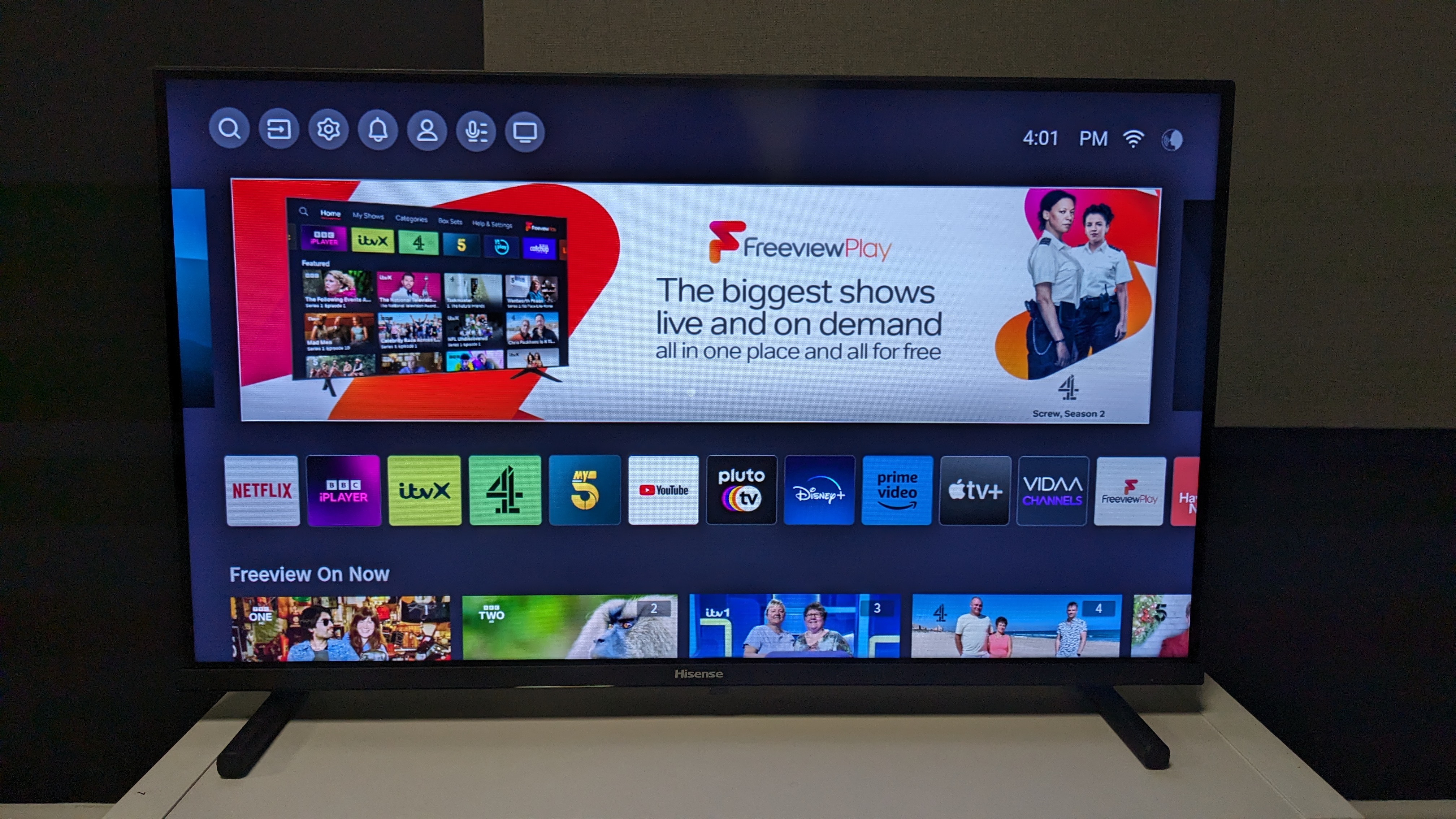
Hisense A5K uses VIDAA for a smart TV platform. VIDAA is strikingly similar to other smart TV platforms, particularly Tizen and Google TV, of which it almost seems like a hybrid version. Menus are easy to navigate and there is a good stack of settings to tweak picture and sound. There’s also an Art Mode which allows you to display artworks on screen that's akin to the ones you’ll find on Samsung’s The Frame, Amazon Fire TVs and Panasonic TVs.
I did find VIDAA to be a little sluggish at times, with a noticeable delay between a command input on the remote and something actually happening on screen. Also, there are a lot of viewing recommendations on the home screen and, after a while, the same shows appear over and over, meaning there is a lot of unnecessary clutter.
In terms of design, the Hisense A5K has a slim look with a trim bezel. The bottom of the set itself has a cylindrical shape and I found this to be quite visually appealing. Annoyingly, however, the A5K’s feet are quite far apart and for some people this will cause an issue when it comes to placing it on furniture.
Hisense’s supplied remote does feel on the cheap side and is incredibly light. One thing that struck me was the Settings button, which is usually indicated by a gear icon, but here is a menu button with three lines. Overall, it’s a very basic remote though there are shortcut buttons to major apps such as Netflix, Prime Video and more.
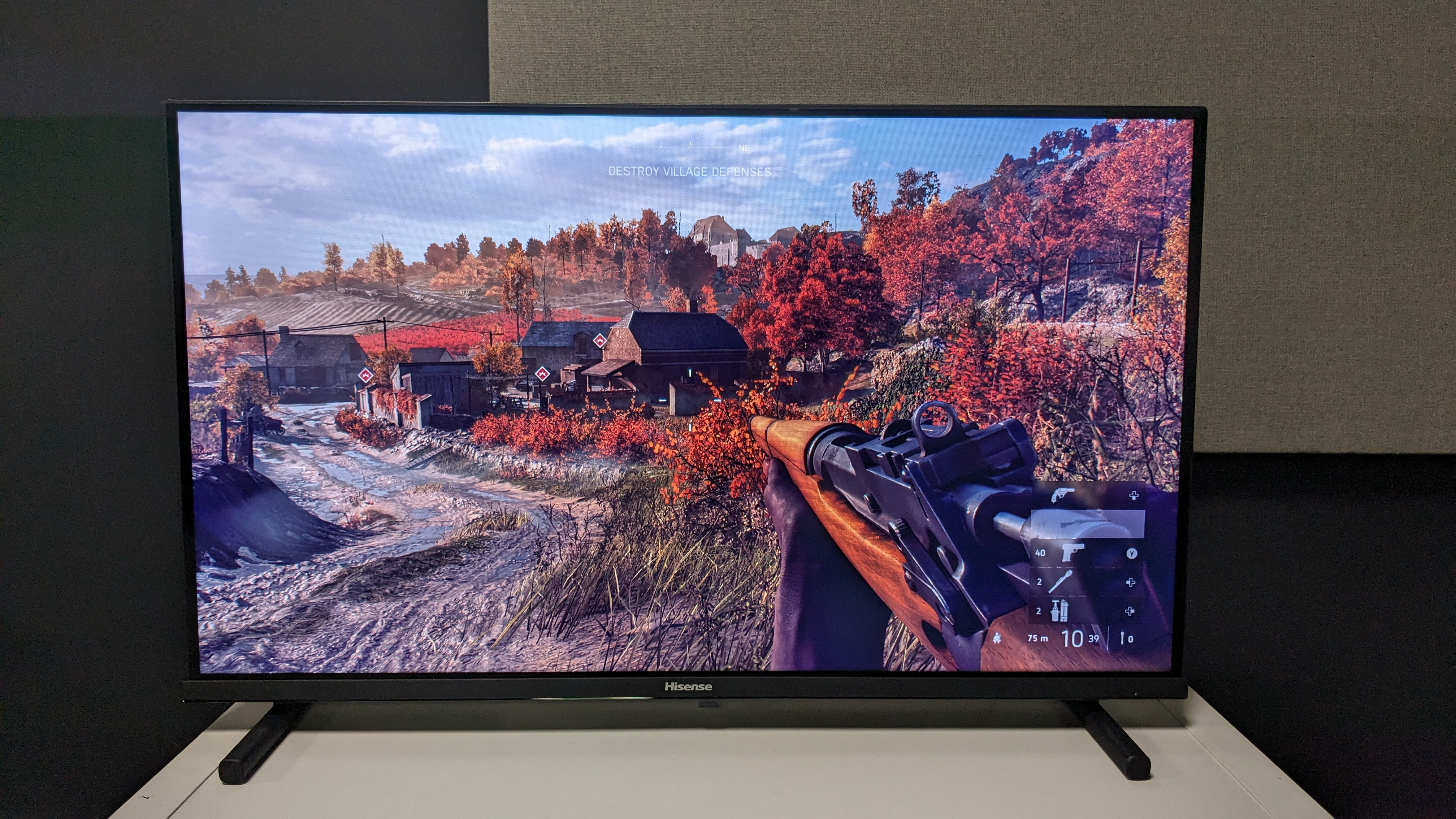
Although the Hisense A5K is a smaller screen, it will suit bedroom gamers and I found gaming on it to be actually quite fun. During graphically intense moments in Battlefield V, it handled quick switches between targets and the motion felt smooth. Games also look great on the QLED display. During an autumnal mission in Battlefield V, for instance, reds and yellows of the landscape were crisp, bright and colorful whilst the contrasting muddy environment looked suitably battle-torn.
Gaming on the A5K is solid overall, but its Game Mode is incredibly bare compared to those on other 32-inch TVs – Game Mode simply turns itself on over whatever picture mode you have selected, with no settings to adjust. There is also no Game-specific picture mode as you’ll find on other more premium sets.
In terms of value for money, the Hisense A5K has a good quality picture and stock of features for £199. That's an average price for a 32-inch TV and with this set you do get a QLED display and solid build quality. Its sound is very lacking and the smart TV platform could be better, but the A5K should serve as a good bedroom TV and it's also one that will work well for gaming.

Hisense 32A5K review: Price and release date
- Release date: 2023
- Price: £199 (around $249 / AU$380)
The Hisense 32A5K was released in 2023 at a price of £199. It has remained solidly at that price since release, which is competitive for a full HD, 32-inch QLED TV. It's unlikely to drop anytime soon, but you could see the 32A5K drop down to £179 at some stage in sales.
Hisense 32A5K review: Specs
Should you buy the Hisense 32A5K?
Buy it if...
Don't buy it if...
Hisense 32A5K review: Also consider
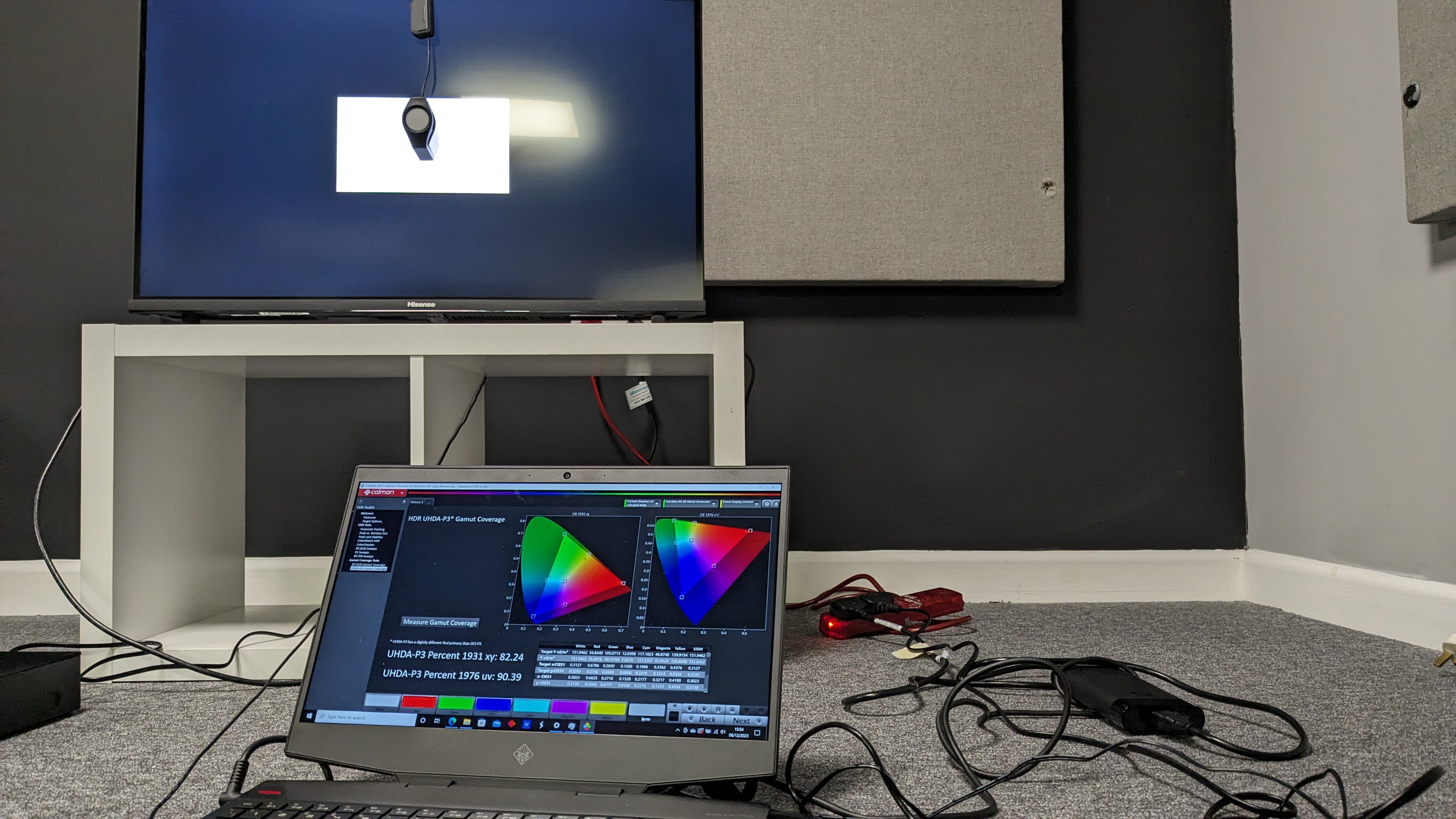
How I tested the Hisense 32A5K
- Tested in our lab room with varying lighting conditions
- Measurements taken using Portrait Displays' Calman software
- Tested through a variety of sources, both SDR and HDR
I used a variety of SDR and HDR sources to test the TV's preset picture modes, including Disney Plus, live TV and several Blu-rays played through a Panasonic DP-UB820 4K Blu-ray player.
After choosing the best picture mode, Cinema Day, I then selected several reference scenes from movies such as The Batman, Star Wars: The Last Jedi, Top Gun: Maverick and more to test elements of the picture such as color, black levels, and contrast. I tested gaming performance using an Xbox Series X.
When it came time to take measurements of the A5K, I used Portrait Displays’ Calman calibration software. With this, I measured peak brightness on a 10% window and 100% window in both SDR and HDR. I then recorded the Delta-E values (which demonstrates the margin of error between the test pattern and what is displayed) for color accuracy, grayscale and gamma. Lastly, I measured the color space looking at DCI-P3 and BT.2020 coverage. For all tests, I used the Murideo Six 8K test pattern generator.
First reviewed January 2024


